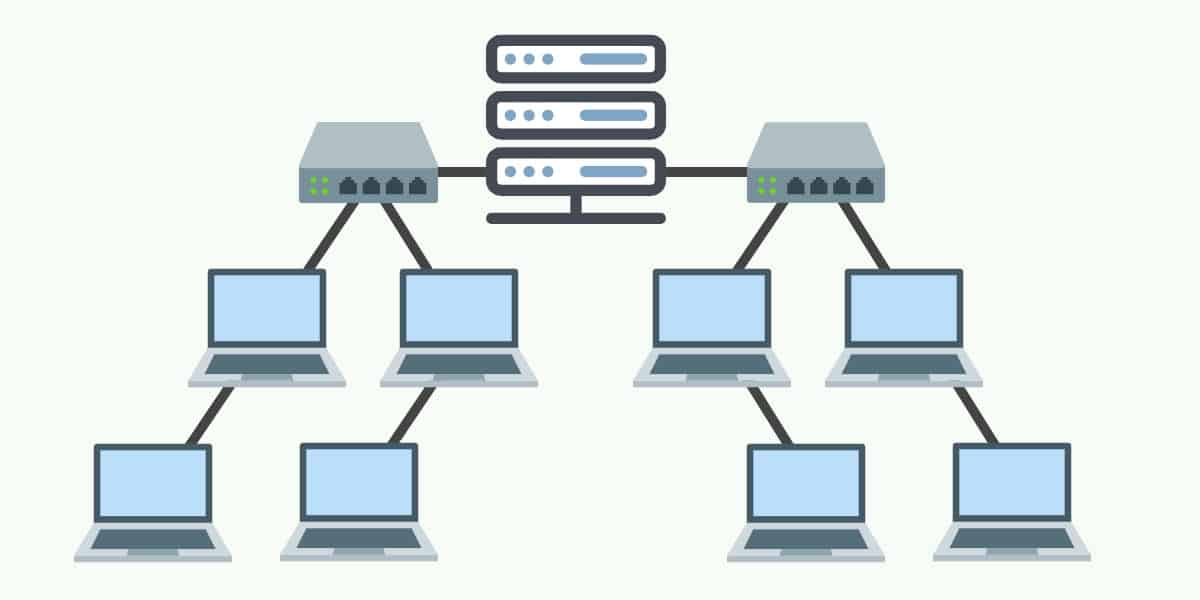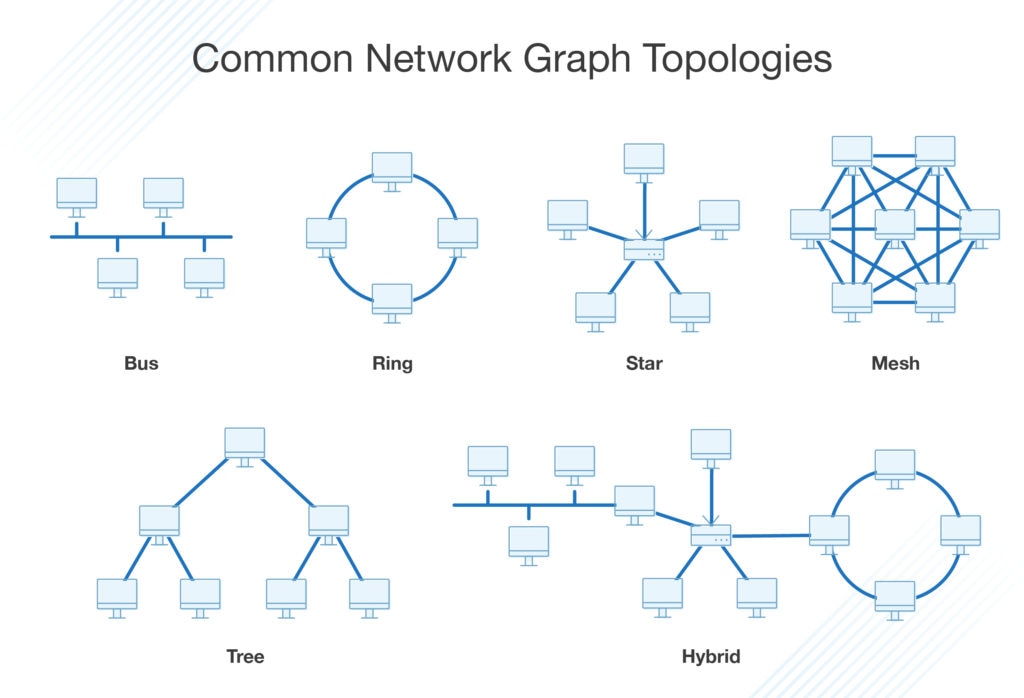

You can draw by hand using a soft pencil and an eraser. This will help plan and synchronize the process.ĭraft the Network roughly by creating an outline of the main connections. Prepare a list of all the main activities included in the project and how they depend on each other. For example, do you want to create a star, linear, ring, or basic network topology? There are two main types of network diagrams, logical and physical. Here are the things you need to do:īefore designing or planning the Network, consider what type of network diagram you have to create. To draw a network diagram from scratch, you have to make a few preparations. Now that you have decided to work on a network diagram and are now on the stage to plan one for your organization or personal IT system, there are a couple of tips that you should follow before you start designing the network topology drawing. Preparations for Drawing a Network Topology Diagram Thus, network diagrams are also used for consumer data mapping.Ģ. It is essential to document and present the flow of that data. Various data passes from web services to the rest of the Network. Therefore, they should be accounted for and represented within a network system. These components identify access points and remedial response measures in the event of a breach or malicious intrusion. Therefore, network diagrams should document how printers fit into the company network.įirewalls and authentication tools also form part of a network diagram. Thus, printers are also integrated into an organization's IT network. Many IT personnel forget that printers also send and receive data. Modern printers are wireless and connect to multiple devices.

Printers are used to create a hard copy of digital data. Routers have a bundle switch with multiple parts so that you can connect multiple devices using an Ethernet cable connection. Router passes your Internet connection to all of your devices in your home or business and directs it to all of your computers, tablets, phones, etc. Routers are used in homes, small businesses, and larger organizations. Ethernet is a wired system that uses twisted-pair copper and fiber optic wiring. It connects multiple devices so they can create, store and share information with others in the location. Network diagrams are used to track what data passes back and forth from mobile devices.Įthernet is a communication standard developed in the early 80s to network computers and other devices in a local environment such as at home or building. Employees can't carry company computers out of the premises, but it is common for careless personnel to leave mobile devices lying about. Mobile devices also present a significant risk. It is essential to understand and record what data passes between employee computers and the rest of the Network, as employees are your biggest cybersecurity risk. Businesses opt for onsite servers or cloud server hosting, depending on the size and nature of the organization.Ĭomputers are assigned as the personal workstation to employees within an organization. The main purpose of servers is to house your data. They connect to the server for a specific service. So, it is a centralized machine where multiple clients connect over the Internet or in a local area network (LAN).
#Network topology diagram examples professional
Here are the main components included in a professional network topology diagram:Ī server is a dedicated computer that provides services on behalf of clients, such as ordinary desktop computers or workstations. Network diagrams commonly use symbols like device, firewall, server, cloud, signal, and router. Essentially, your network drawing needs to account for every device and any digital path that connects each device. Physical network diagrams comprise pieces of hardware in a network, whereas logical network diagrams illustrate information flow in the Network.

Network topology diagrams show the components of a network, how they are connected and how they work with each other. What Is Included in a Network Topology Diagram


 0 kommentar(er)
0 kommentar(er)
